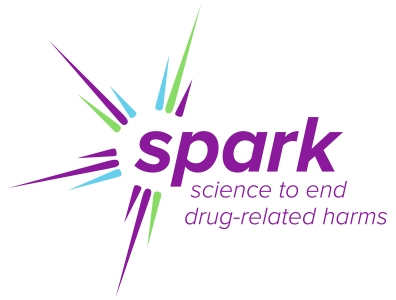Title: INTEGRATING A SMOKE-FREE HOME INTERVENTION INTO THE 5AS TO SUPPORT CESSATION
Project Number: 1R01CA235721-01A1
Contact PI / Project Leader: KEGLER, MICHELLE C
Awardee Organization: EMORY UNIVERSITY
Abstract Text:
SUMMARY Establishing smoke-free homes may be a promising approach to support, and perhaps catalyze, smoking cessation. The inconvenience of going outside, combined with a reduction of environmental cues to smoke in the home, may result in less smoking and increased efforts to quit. Yet, no rigorous studies have tested the impact of creating smoke-free homes on cessation outside the context of protecting children from secondhand smoke exposure. We have developed a brief smoke-free homes intervention, “Some Things are Better Outside”, that is very effective in promoting the adoption of total smoking bans in low-income households. As part of NCI’s State and Community Tobacco Control research initiative, we conducted an efficacy trial, an effectiveness trial, a generalizability trial and a dissemination trial with positive outcomes in each phase of the research. Pooled data from our three RCTs, combined with results from a national dissemination study, document the potential of the intervention to support cessation. We propose to partner with two large federally qualified health centers (FQHCs) in rural south Georgia to rigorously test the efficacy and potential scalability of integrating a smoke-free homes intervention into the 5A (Ask, Advise, Assess, Assist, Arrange) approach for tobacco cessation recommended by the U.S. Preventive Services Task Force. FQHCs serve as the safety net of primary care for vulnerable populations in the U.S. Most FQHC patients are socioeconomically disadvantaged and represent a high priority for cessation. Developing and testing an approach for integrating the intervention into FQHCs from the outset should increase potential use of the intervention if proven effective. Our first aim is to adapt the intervention for integration into the 5As for tobacco cessation, followed by an RCT to test the efficacy of integrating the smoke-free homes intervention into the 5A approach for smoking cessation among FQHC patients. This approach may have broader reach than current approaches as it may appeal to those not yet ready to quit, as well as provide a social and physical personal environment that supports increased quit attempts and successful cessation. We also plan to conduct a multi-component process evaluation that examines implementation outcomes, cost and scalability potential. The proposed research will be the first to rigorously assess whether the integration of a strong smoke-free homes intervention into the 5As can encourage sustained smoking cessation in low-income patients.
